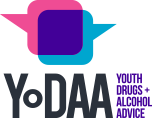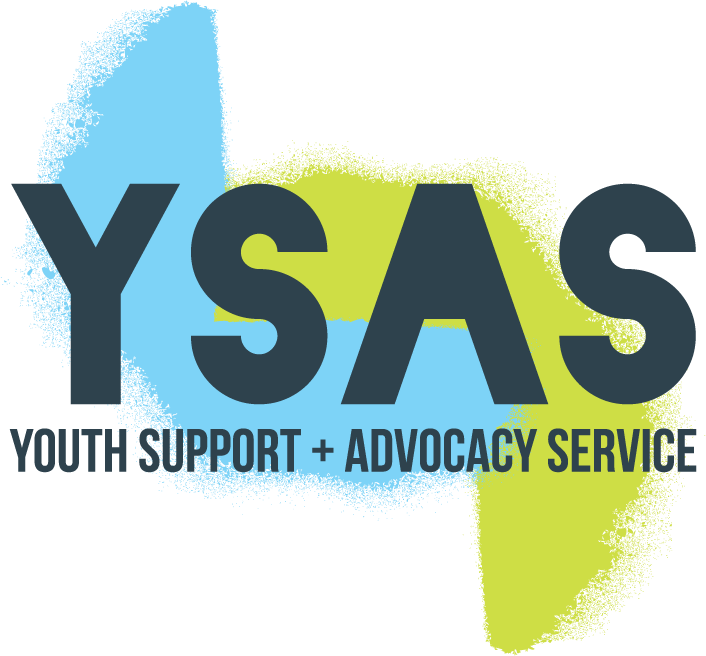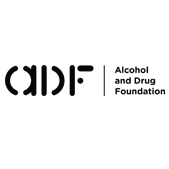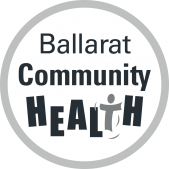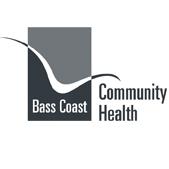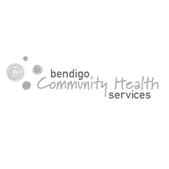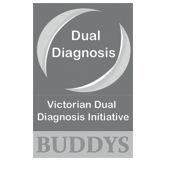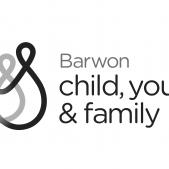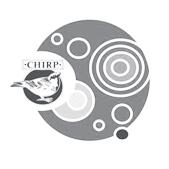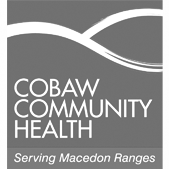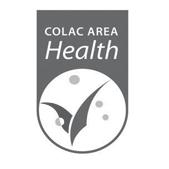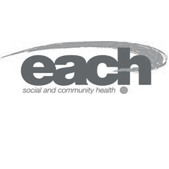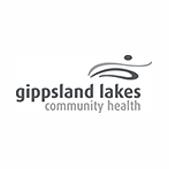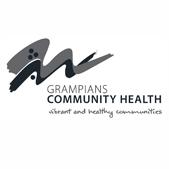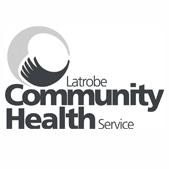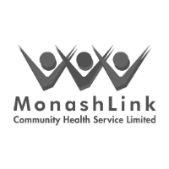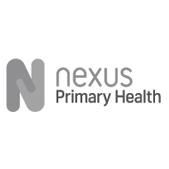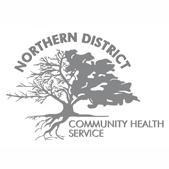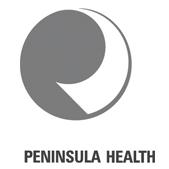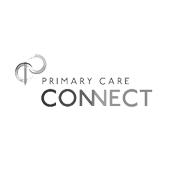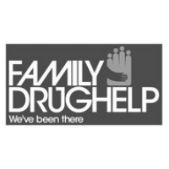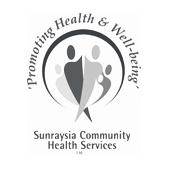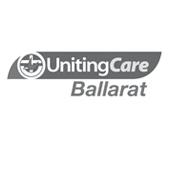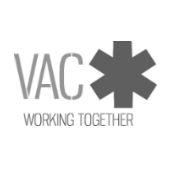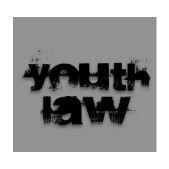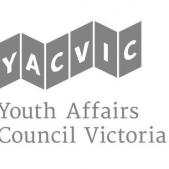Drug Facts
Methadone-Fast facts for workers
Methadone is a commonly prescribed opiate substitute treatment. Despite its common status many workers don't understand enough about methadone.
WHAT
Methadone is a synthetic opiate depressant used legally as substitute treatment for opiate dependence. It can play an effective and important role in helping a person reduce the harm of their drug use and reduce the need to use illegal drugs. It produces similar effects to heroin but doesn't deliver the same degree of buzz or high. A methadone program aims to increase stability and moderate withdrawal symptoms. Methadone is only legal with a prescription but is sometimes ‘diverted’ and used illegally.
OTHER NAMES
Done or The done.
HOW COMMON IS USAGE
In 2009, approximately 30,000 Australians were undertaking methadone treatment (National Opioid Pharmacotherapy Statistics Annual Data collection, 2009).
APPEARANCE
Varying cloloured liquid or tablet.
USE
Ingested with cordial or fruit juice, can be diverted and injected.
EFFECTS
Reduced physical and psychological pain, feelings of warmth, relaxation and detachment. Sweating, digestive issues, aching muscles and joints can also result. A single dose is effective for approximately 24 hours.
OVERDOSE
Shallow breathing, blue lips, and an inability to be roused or woken. An ambulance should be called if any of these symptoms occur.
COMMON MIXERS
Alcohol or other depressants such as benzodiazepines – compounded by the fact that street methadone can be unusually concentrated – can significantly increase the likelihood of overdose.
SOME COMMON HARM REDUCTION STRATEGIES
Encourage a young person to: -
- Follow directions from prescribing doctor – especially when commencing treatment
- Avoid injecting, especially when diverted from oral administration
- About understanding the risks involved in mixing other drugs and alcohol, including prescription medication.
- Store safely, especially out of reach from children
- let someone know if you are not feeling well after using.
- Talk to a young person about having a person to call in case they are feeling worried, paranoid or start to panic.
- call an ambulance if you are worried at any point about themselves or a friend. Remind them that an ambulance will not call the police.
- try a small amount first, wait to see how the drug affects them before taking more.
- never using alone.
- take regular breaks from use to avoid dependency.
- stay hydrated when they are using
- think about the dangers of drinking and using drugs and driving or getting in a car with someone who has been drinking or taking drugs.
- be in a safe and comfortable space.
- make a plan prior to using, get them to plan to only use a certain amount, get them to make a “just in case” plan, and get them to plan how they are going to get home.
Didn’t find what you’re looking for? Try the Department of Health's comprehensive booklet.
